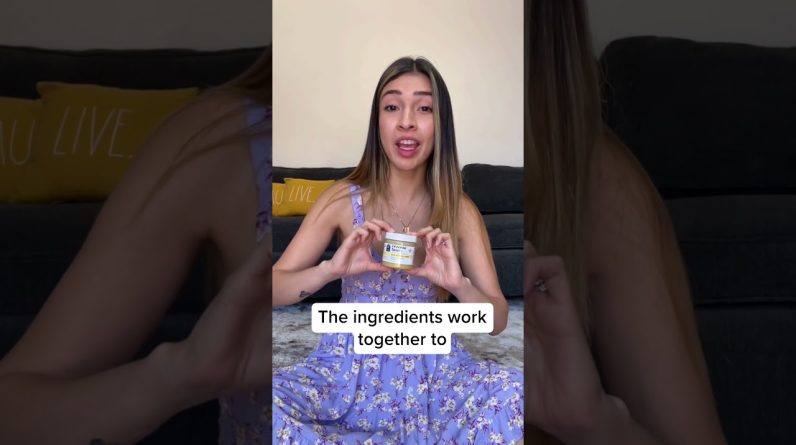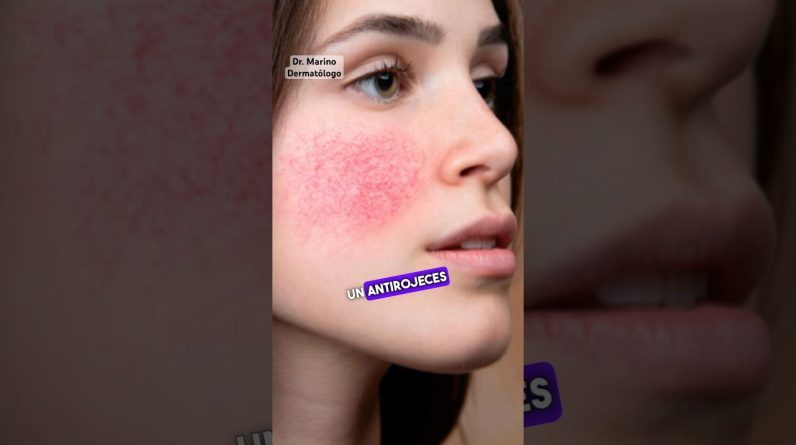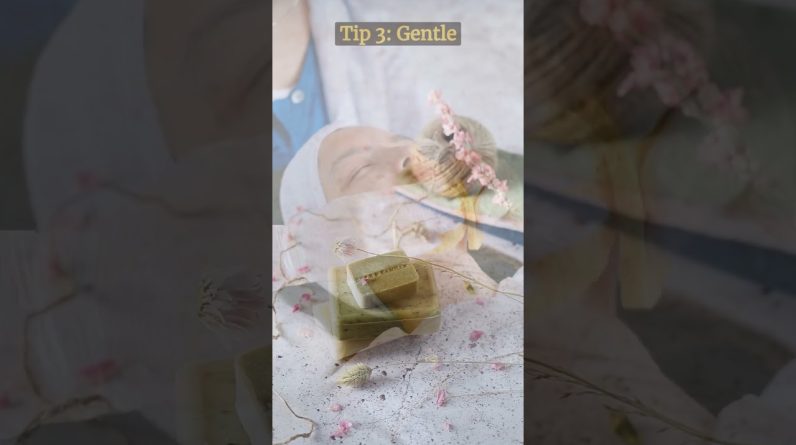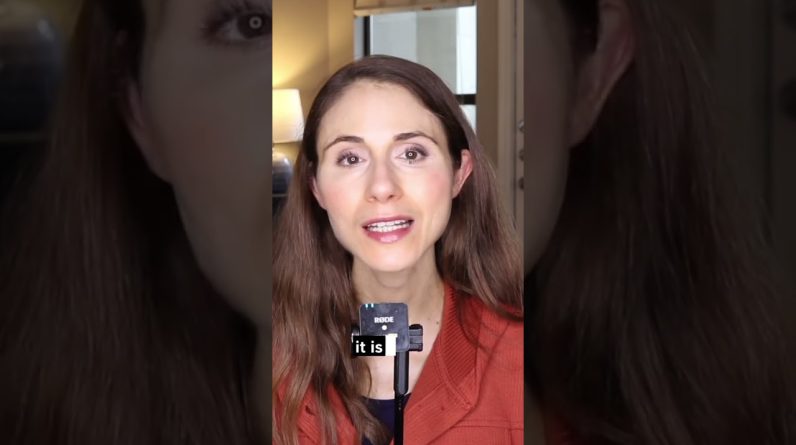Psoriasis is a non-contagious autoimmune condition having its manifestations on the skin. Usually the presentation is dry scaly skin wherein there are raised red patches of silvery white scales on top of it. It is a very common problem nowadays because there are different ways how the people present this case with. In acute and the chronic conditions the presentations are in a different manner. In Ayurveda, we correlate this condition to the kitiva kushta wherein the kapha and the vata dosha imbalance is seen.So why people usually get this psoriasis? We ourself are the contributors to this condition because here the stress contributes to the very important role in aggravating or causing the problem. There are maybe genetic predisposition also. That is somebody has it in the family and they carry it down the generations and we see various types of psoriasis in the family. When people say stress as the causative factors, they don’t know how to control this condition. People keep thinking that there is no cure for psoriasis. But Ayurvedic management of psoriasis, people can lead a very normal life from these problems. How do we manage? There are different means of managing the psoriasis, in both acute and the chronic conditions because if you do not manage the acute condition, it can be chronic and lead to various other conditions like psoriatic arthritis, depressions, sometimes cardiovascular problems, diabetes, hypertension. So this if not managed, it can lead to these conditions. In case of chronic conditions, the complications are bad. In acute condition, we give medicines where the conditions can be controlled, where there is not much of deep rooted conditions. There are certain kashayams like the padolati kashayams, mahatikta kashsyams. Sometimes even mahatikta gritam is given. This gritam has an effect not only on the body or skin alone, but also on improving the immunity itself. This is not only an autoimmune problems, where the body itself will starts working against the cells, the skin cells. Usually the skin cells takes around 28 to 30 days to mature and fall off. But in case of psoriasis. It takes hardly around 3- 4 days to, mature and instead of falling, they pile on each other. So that is how you get this thick reddish skin on your skin. So when it comes to acute management. These are the kind of medicines that you give. You start with the sadya shodhana or we just give shodhana by virechana methods.After virechana we start with this treatment where I can go on with these methods for 3 – 5 months, where the condition is definitely under control and after counseling the patient and the patients out of this condition. The patient is asked to take certain meditations, yoga that has a strong positive effect on the body. When it comes to chronic conditions, it is a kapha-vata disorder. So when it comes to kapha-vata disorder, were for panchakarma, where we do shodhana therapy and what we opt here is the vamana chikitsa. In the vamana chikitsa, the patient is made to undergo the poorva karma, that is administering the ghee, that is the sneha paanam is done along with the mahatikta gritam depending on the prakriti of the patients, the gritam can be decide. But the common is the mahatikta gritam, depending on the conditions or the agni of the patient. After that vamana chikitsa is adopted followed by virechana is also done. After this process of purification, we start the oral medication like the padolati kashayams, mahatikta kashsyams. You can go for gritmas like gulgulatikta gritmas and the mahatikta gritam. Along with this, there are other treatment options that we adopt that is the takrashirodhara. That can even be takrasarvadidhara , but takrashirodhara has seen to give real good results in cases of psoriasis, where here not only the moisture, but here in shirodhara, being the treatment given in cases where there is stess.so it plays a dual effect on these conditions. So giving along lasting effect on the dry skin as well as itching.
source







